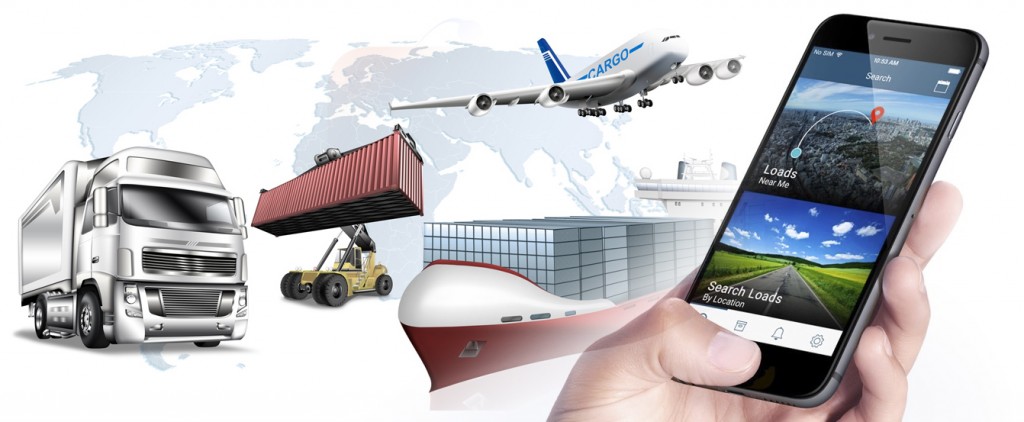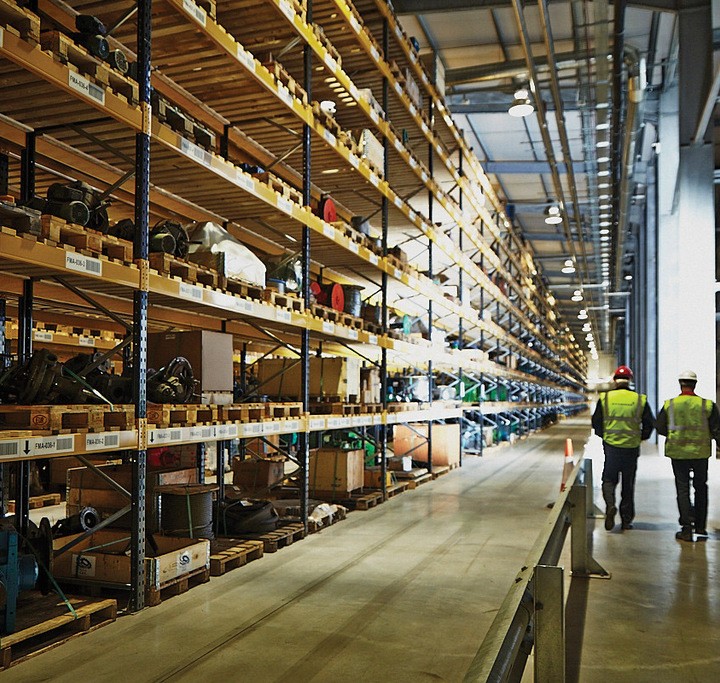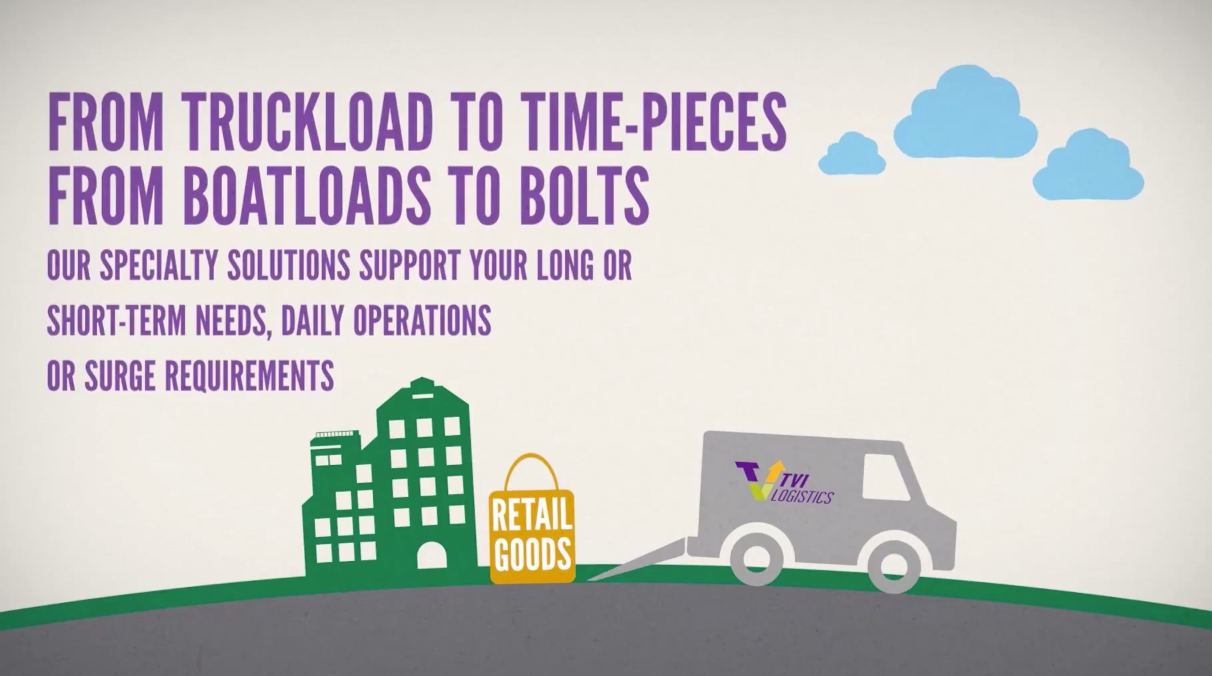Having moved way beyond games and messaging, smartphones, tablets, and web-based applications have become major tools and Apps that Have Transformed the Shipping Industry the way you do business in shipping. Every point along the supply chain makes use of apps to increase productivity, reduce costs, and boost customer service.

The applications are numerous and varied, but they fall into definitive categories: order management systems, trucking support, inventory management, and system integration.
Order management systems
Used for several years as product order and processing systems, order management systems (OMS) have evolved to serve the shipping industry well. They still serve as a repository to document stock and to track orders, but many now help retailers with fulfillment and delivery. For retailers or manufacturers who don’t warehouse their own inventory, the systems enable customers to order directly from third party warehouses. Companies are able to meet the minimal delivery times that customers expect.
Trucking
Truckers now can take advantage of several smart-phone apps that make their jobs easier. A number of Uber-style apps are in wide use that serve as a broker to connect carriers and shippers.
Other apps popular with truckers include one that helps them bypass weigh stations or inspection sites. For a monthly fee, this app will run DOT information to get their safety score and enable them to skip the station and save some time, which really is money in trucking. Another app gathers input to help truckers find truck stops with a description of services and user ratings from their fellow truckers.
Inventory management
Tablets and smart phones are becoming the modus operandi in warehouses for receiving, shipping, and cycle counting. These devices are fitted with barcode reader and printer attachments and have replaced the larger, more expensive warehouse readers and printers.

Warehouse apps help track inventory as it comes in and out of the warehouse. iBeacons use blue-tooth type technology that enables a signal to a handheld device that locates items in the warehouse. Because these locating apps can track an item within ten feet of its location, companies are using them to track high-value items while in the warehouse, and have greatly improved the way they manage inventory.
But inventory management tools reach far beyond the warehouse. Some apps can track product after it leaves the warehouse all the way to its destination. They monitor location, road construction delays, weather, and even traffic. These help the shipper or carrier identify different shipping routes to lower shipment cost and maximize the efficiency of the overall transport. Mobile apps can now track carriers over land, air, or sea, extending your ability to keep track of inventory.
System integration
Applications have transformed the shipping industry, but the most recent technology boost comes from the ability to integrate various systems and share data between them. Rather than re-entering information along the path of your inventory, the various systems can automatically update each other—from order capture and payment processing in the CRM, to warehousing and shipping, all the way to your accounting app. At a minimum, today’s apps let you download or import/export data between them, so the days of manual entry are pretty much over.

Beyond the apps
Applications are just tools, but they’re making a difference in the efficiency of the shipping industry. Staying competitive may seem a daunting task, but that doesn’t necessarily mean you need more apps. It may just mean you need more guidance.
Conclusion
TVI Logistics can help you understand how to stay competitive. To learn more, scroll to the bottom of the page and subscribe to our email newsletter or visit our Contact Us page.










